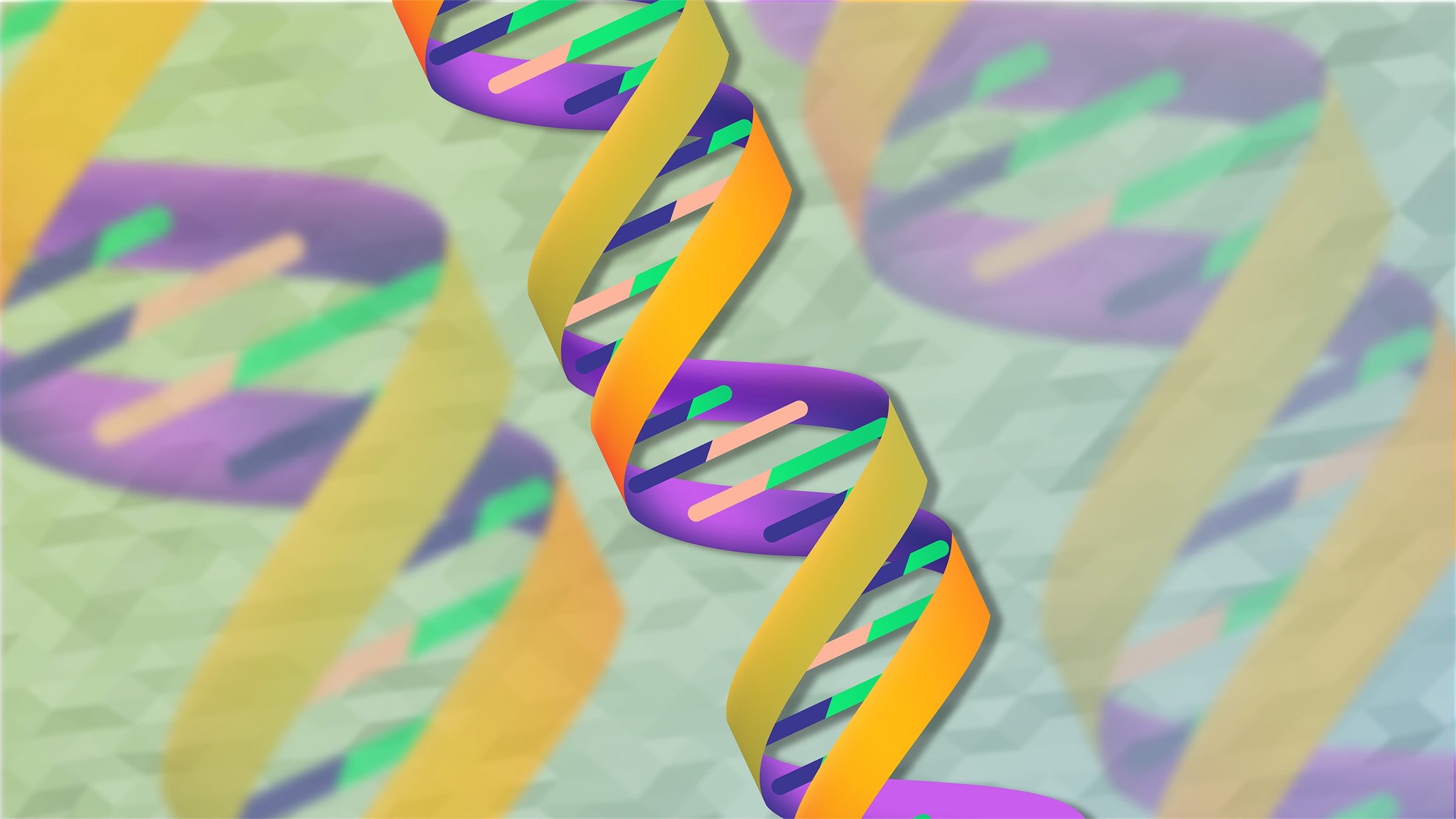A New Way of Looking at the Differences Between the Sexes
Researchers set out to explain the variation in how the same genes are expressed in men and women.

Men and women have many physical differences. Some are genetically unique to one sex or another. But for many genetic traits, both sexes carry the same genes, but those genes are expressed very differently, creating differences in appearance, size and disease risk.
Some of the physical traits are easily noticeable. Men are taller on average than women. Men typically have larger arm muscles than women. Other traits can’t be seen, but are critical. Men usually have higher blood pressure and more white blood cells than women.
Researchers at The University of Texas at Austin set out to explain the variation in how the same genes are expressed in men and women. Their findings are out today in the journal Cell Genomics.
Differences can be explained by a phenomenon termed amplification. When a certain combination of genes, say for height, is found in men, those traits are amplified by a factor of 2. When the same combinations of genes are found in women, they may only be amplified by a factor of 1.
Amplification can be caused by a number of factors and scientists are not sure what they all are yet. Testosterone levels are a factor, but environmental elements, such as exercise and nutrition, can also act as amplifiers. The researchers emphasized that the findings do not imply anything about sexual dimorphism, but rather explore genetics linked to trait variation within each sex.
“This changes our understanding of the genetics of physiology, and how it depends on sex,” said Arbel Harpak, assistant professor of integrative biology and population health at UT Austin and corresponding author on the paper. “Many of the traits we looked at were not previously thought to differ in their genetics between males and females. What we’ve shown is there are systematic differences in the magnitude of genetic effects. A variation in genes will have a bigger effect on one sex than the other.”
Harpak and his team of researchers are interested in understanding how genetic effects depend on context like age, smoking behavior, environmental and social exposures. Sex is just one factor they are studying, but it is an obvious place to start.
“There is an unfortunate history of scientific and medical studies excluding women altogether, and therefore missing biological differences in health and disease” Harpak said. “It is possible that by understanding gene-by-sex interactions that we can go back and examine findings about heterogeneity of disease risk and efficacy of interventions that need a closer look.”
The study’s findings also have implications in the field of personalized medicine, where doctors examine a patient’s genes to determine how best to treat conditions and diseases. Harpak and his researchers plan to examine factors, such as environmental exposures, that may also be a driver of gene amplification between the sexes.
“These findings can shift how we understand and study risk factors or even predict disease states based on sex,” said Carrie Zhu, the first author on the paper, who conducted the research as a UT Austin undergraduate before going on to medical school at UT Health San Antonio. “For example, we can utilize knowledge of amplification to develop models to improve prediction accuracy in the setting of diseases such as diabetes or heart failure, which can impact treatment and prognosis.”
Matthew J. Ming, Jared M. Cole and Mark Kirkpatrick of UT Austin, and Michael D. Edge of University of Southern California also contributed to the research. The research was funded by the National Institutes of Health.



